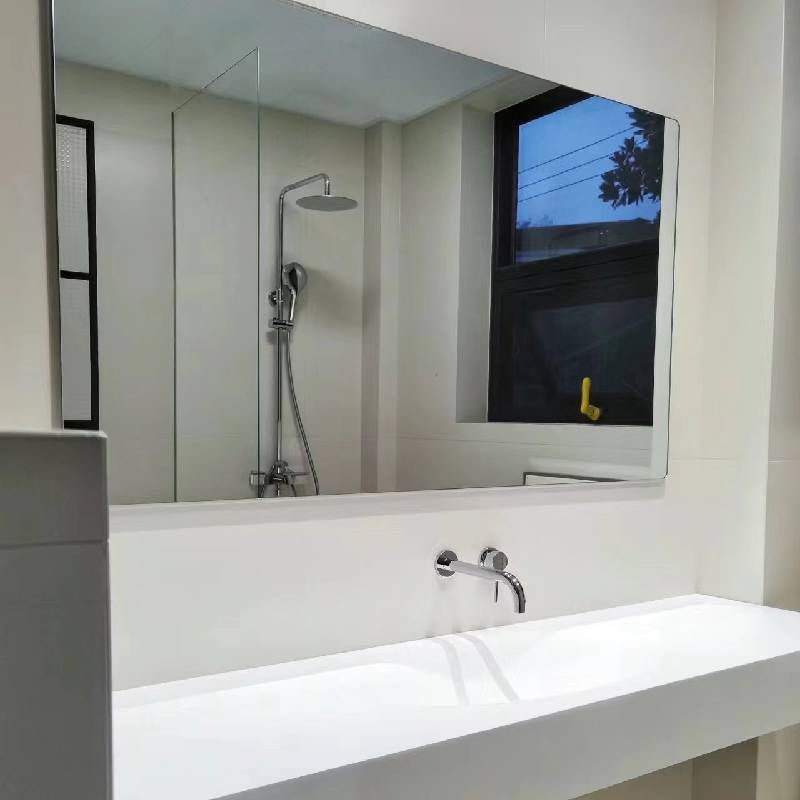

Transforming clear glass into frosted glass is a popular trend in both residential and commercial spaces. This transformation not only enhances privacy but also adds an aesthetic appeal that can elevate the overall design of any area. Understanding the methods for achieving this look can be beneficial for anyone looking to make a change to their glass surfaces.
Frosted glass is characterized by its diffused light transmission, which allows natural light to enter while obscuring visibility. This feature makes it an excellent choice for bathroom windows, office partitions, and shower enclosures. There are several techniques to achieve the frosted effect, each with its own advantages and applications.
One of the most common methods is sandblasting. This process involves using high-pressure air to propel sand particles against the surface of the clear glass, creating a rough texture that scatters light. Sandblasting can be done in various patterns and designs, allowing for customized frosted glass that fits specific aesthetic requirements. However, this process requires specialized equipment and can be labor-intensive.
Another popular technique is the use of frost film or adhesive vinyl. This method involves applying a thin film to the surface of the glass. Available in various opacities and designs, frost film is a cost-effective and less permanent solution than sandblasting. It also allows for easy removal or replacement when desired, making it a versatile option for renters or those who frequently change their decor.

Chemical etching is another method used to create frosted glass. This technique involves applying a chemical solution that reacts with the glass, resulting in a frosted appearance. While this method can provide a smooth finish and is often used for smaller projects, it requires careful handling of chemicals and appropriate safety precautions.
Choosing the right method depends on the desired outcome, budget, and the specific application of the frosted glass. Additionally, it is essential to consider the thickness and type of glass being used, as different glasses may react differently to various techniques.
In conclusion, the transition from clear glass to frosted glass offers an array of benefits, including increased privacy and visual interest. Whether opting for sandblasting, adhesive films, or chemical etching, the transformation can significantly enhance both functionality and aesthetics. As glass design continues to evolve, options for creating frosted finishes will expand, allowing homeowners and designers to explore new creative possibilities.